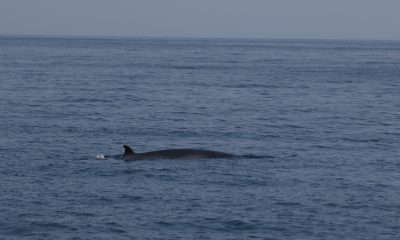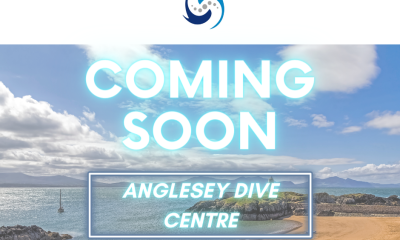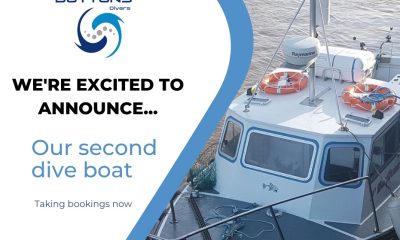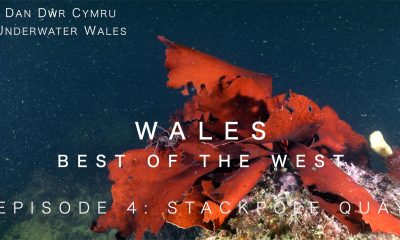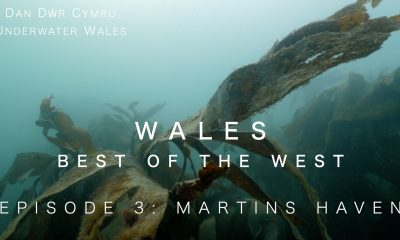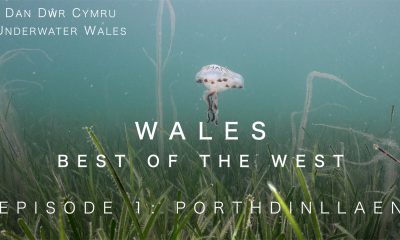News
Communities invited to help better understand rare shark species in Wales
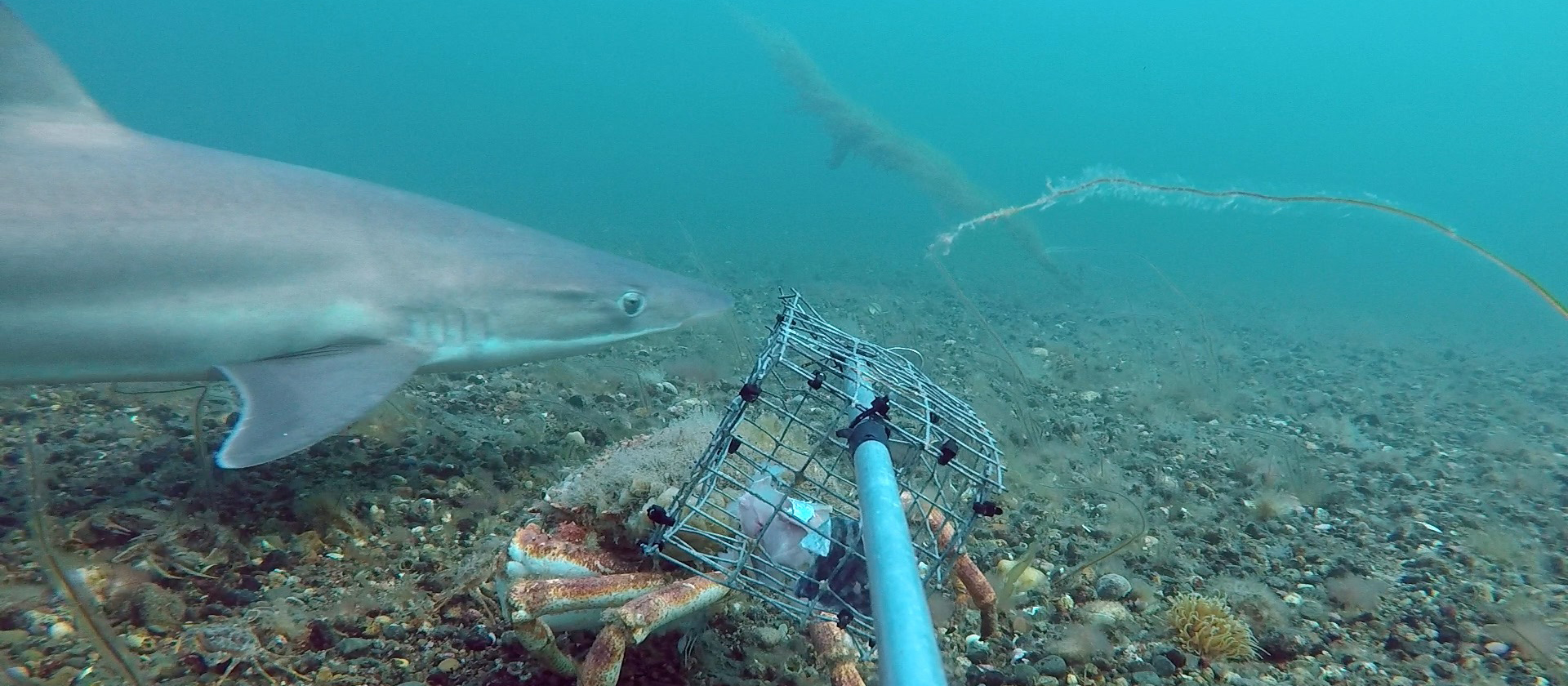
People of all ages can dive into marine conservation and learn about the extraordinary sharks, skates and rays living in Welsh coastal waters, in a new project which gives diverse local communities the chance to be part of a ‘green recovery’ in Wales.
Launched on 23 February 2022 by the Zoological Society London (ZSL) and Natural Resources Wales (NRW), Project SIARC is enlisting the help of fishers, schoolchildren, researchers and citizen scientists from across Wales to better understand some of the more unusual coastal species, such as the angelshark (Squatina squatina) and common stingray (Dasyatis pastinaca), listed as Critically Endangered and Vulnerable on the IUCN Red List of Threatened Species respectively.
The project has received a £390,000 grant from the Welsh Government’s Nature Networks Fund which was delivered by the National Lottery Heritage Fund, as well as a £180,997 National Lottery grant from National Lottery Heritage Fund and £40,000 grant from On the Edge.
The Welsh coast is home to a range of marine life, including 26 species of sharks, skates and rays – a group known as elasmobranchs. Elasmobranchs are an important part of Wales’ natural heritage, with significant conservation and cultural importance. Despite this, little is known about their biology and ecology.
Although community engagement and research will be focused at two Special Areas of Conservation (SAC): ‘Pen Llŷn a’r Sarnau’ and ‘Carmarthen Bay and Estuaries’, Project SIARC offers a wide range of free in-person and online opportunities, from learning how to identify elasmobranch eggcases, to helping detect sharks in underwater video footage, and scouring archives for historical information. In addition, Project SIARC will identify opportunities and break down barriers to ensure a wider range of people from diverse backgrounds are able to access and get involved in marine conservation.
This engagement will be complemented by research led by Project SIARC scientists in the SACs, which includes taking water samples to detect elasmobranch DNA, deploying underwater cameras to assess what elasmobranchs and habitats are present, and working closely with fishers to gather information on the focal species.
Joanna Barker, Project SIARC Senior Project Manager, ZSL said: “We are delighted to launch Project SIARC with our partner organisations to showcase the incredible elasmobranchs found in Wales. Project SIARC combines biological and social sciences to address critical data gaps for elasmobranchs in Wales whilst generating a new appreciation for the underwater marine environment. Currently, few people in Wales can witness these amazing species first-hand, but we hope that the Project SIARC citizen science opportunities, school engagement programme and outreach will bring the underwater world to your doorstep and enable a wider range of people to be involved in marine conservation in Wales.”
Several organisations are helping to deliver Project SIARC, including Bangor University, Blue Abacus, North Wales Wildlife Trust, Swansea University and The Shark Trust. It is also supported by an additional nine organisations that sit on the Project SIARC Steering Group.
Project SIARC is an expansion of Angel Shark Project: Wales, which was set up in 2018. Data gathered as part of Angel Shark Project: Wales evidenced the importance of the Welsh coast for angelsharks and was used to develop the Wales Angelshark Action Plan.
Jake Davies, Project SIARC Coordinator, NRW said: “Project SIARC grew from people’s input and enthusiasm for Angel Shark Project: Wales. Communities started sharing exciting information about all sorts of sharks, skates and rays, which provided new insights on the ecology of these little-studied species. That meant we could develop Project SIARC – their input was incredible. For Project SIARC, we will use similar techniques to better understand how angelshark, common stingray, spurdog and tope use Welsh waters and how they interact with habitats protected by two of Wales’ largest SACs.”
School children are also encouraged to get involved. Project SIARC will scale up the success of online “meet the scientist” sessions from Angel Shark Project: Wales, to reach thirty schools across Wales. The project will also work with ten schools around Carmarthen Bay to try their hand at 3D printing shark models, which will be used to educate the next generation about elasmobranchs.
Mr Griffiths, Headteacher at Ysgol Gynradd Nantgaredig said: “We are very excited to get involved in Project SIARC, it will be extremely valuable for our year five class to learn about sharks, skates and rays living off our local beaches. We are particularly keen about the prospect of introducing industrial digital technologies, such as 3D printing, as a tool to reinforce teaching on sustainability, biodiversity and art. It will enable the children to really connect with the environment around them and understand how much we all rely on the natural world.”
Ben Wray, NRW Project SIARC Manager & Marine Ecologist added: “Co-led by ZSL and NRW, Project SIARC is part of a wider integrated approach in Wales driven by the Well-being of Future Generations and Environment Acts. This recognises that resilient ecosystems are fundamental to the well-being of people in Wales. By re-connecting people with nature, we can support improvements in mental health and well-being as well as encourage better stewardship of our seas and reverse the decline in biodiversity. It also highlights the interconnections of global environmental issues, such as the climate and nature emergencies.”
Anyone currently living or residing in Wales can get involved with Project SIARC by visiting www.projectsiarc.com or following the work on Facebook, Instagram or Twitter.
News
Minke whale spotted off Cardigan Bay – A first in 10 years!
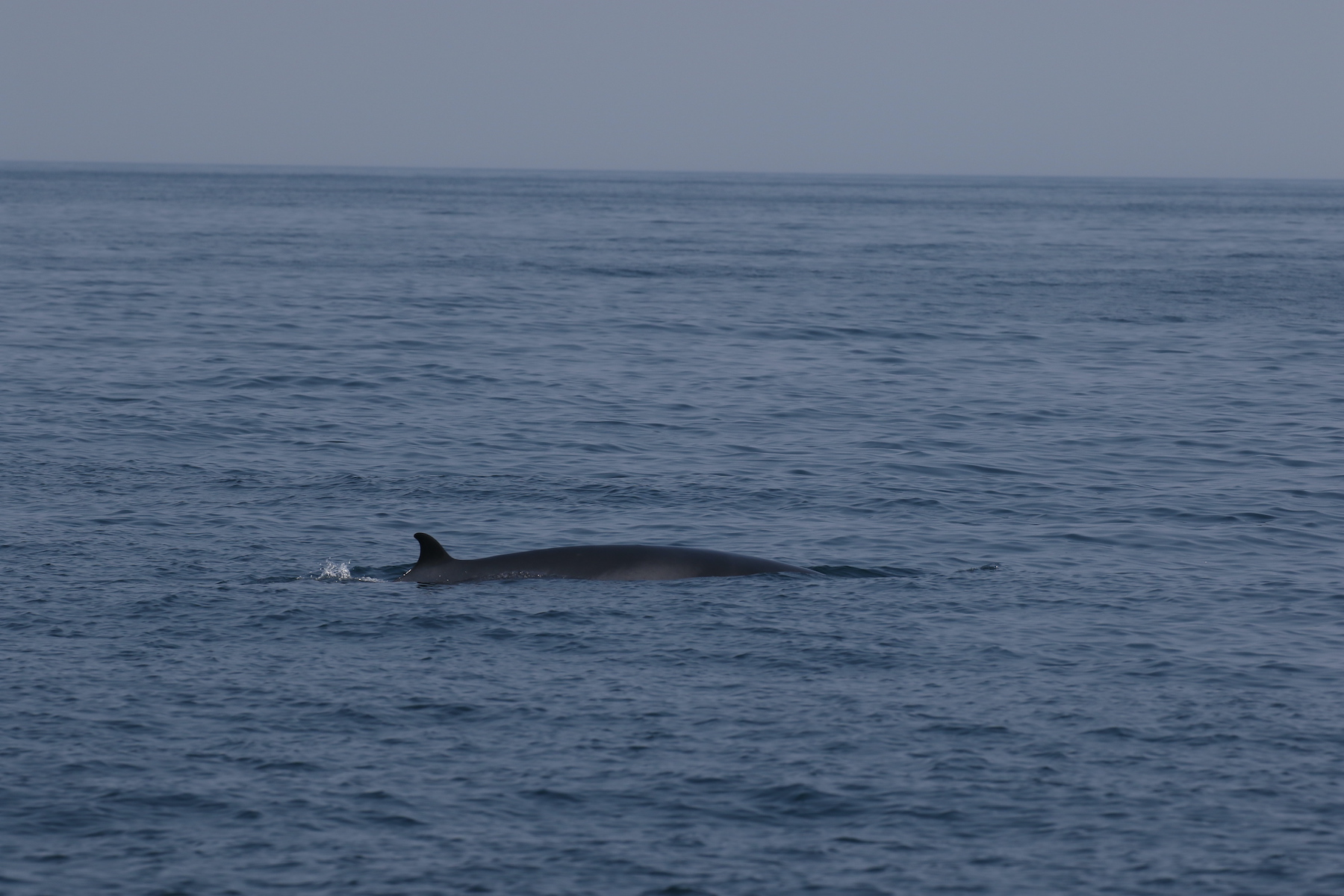
In a thrilling encounter that left a team of marine researchers in awe, a majestic minke whale was sighted during a line transect survey on June 15, 2023. The remarkable event took place approximately 10 nautical miles off the coast of Cardigan Bay, amidst an area teeming with shearwaters. The whale’s behavior, as observed by Katrin Lohrengel, Sea Watch’s Monitoring Officer, indicated potential foraging activities, as it gracefully engaged in deep dives.
This exceptional sighting is the first documented instance of a minke whale in the Cardigan Bay Special Area of Conservation (SAC) since 2013, during one of Sea Watch Foundation’s line transect surveys. The significance of this encounter cannot be overstated, as it underscores the importance of continuous scientific efforts in studying and conserving the abundant marine biodiversity of this region. Notably, this is the first minke whale sighting in a decade within the Cardigan SAC, with sightings being more prevalent further down in Pembrokeshire. Additionally, another minke whale was sighted the following day, June 16, 2023, 11 nautical miles off the Llyn Peninsula during a separate survey conducted by Professor Peter GH Evans, Director of the Sea Watch Foundation.
Line-transect surveys play a pivotal role in Sea Watch’s research, providing invaluable data on the presence, abundance, and distribution of marine species in their natural habitats. The sighting of a minke whale further emphasizes the ecological significance of the Cardigan Bay SAC, highlighting the urgent need for sustained conservation efforts to safeguard this vital marine environment.
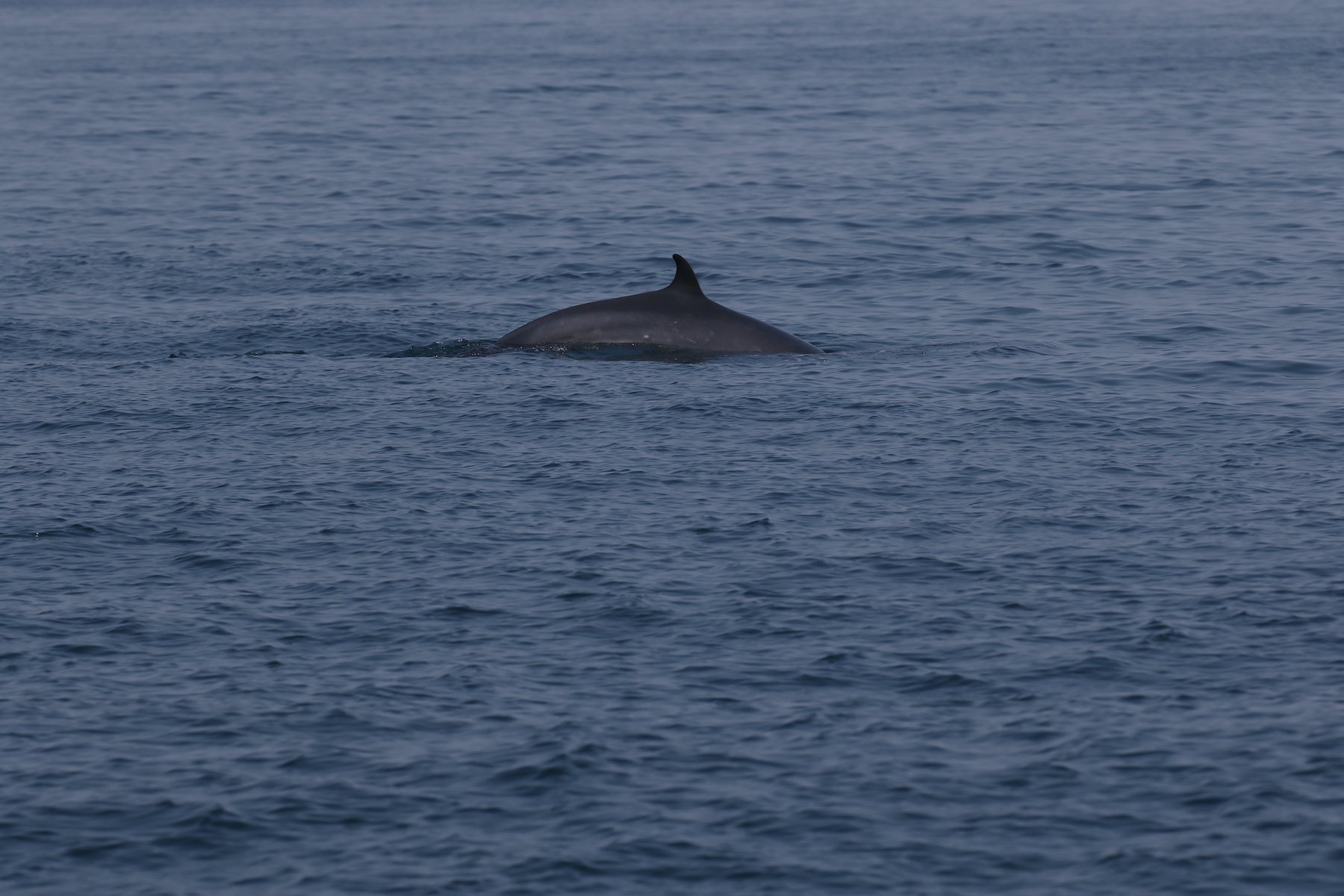
Renowned for their agility and inquisitive nature, minke whales (Balaenoptera acutorostrata) captivate with their smaller size compared to other baleen whales. These graceful creatures embark on deep dives, skillfully hunting for their preferred prey, including fish and krill.
The sighting of the minke whale stands as a testament to the effectiveness of the team’s research methodologies and their unwavering dedication. Moreover, it serves as a beacon of hope for future discoveries that can contribute to the ongoing conservation endeavors in the Cardigan Bay SAC.
As Sea Watch celebrate this momentous milestone, they reaffirm their commitment to expanding our understanding of marine ecosystems and advocating for the protection of vulnerable species. The team extends our heartfelt gratitude to the local community, volunteers, and stakeholders whose unwavering support has made sightings like this possible.
About Sea Watch:
Sea Watch is a leading marine research organization dedicated to the study and conservation of marine mammals in the United Kingdom. Through scientific research, education, and advocacy, Sea Watch strives to protect and preserve our marine ecosystems for future generations.
For more information, please visit www.seawatchfoundation.org.uk.
Pictured: Minke whale sighting off Cardigan Bay by Katrin Lohrengel/Monitoring Officer at Sea Watch Foundation on 15 June 2023.
News
New year, new dive centre: Duttons to open on Anglesey in January 2023

Duttons Divers, who have recently announced a new hard boat to join their growing fleet over on the Llyn Peninsula based at Hafan Marina Dive Centre and a second dive centre that opened in January this year, have another big announcement to end the year on!
It seems that there’s just no stopping the Duttons Divers team as they announce their third dive centre opening – this time on Anglesey!
The dive centre will be open from January 2023, and is based just off the A55 at Llangefni Services, offering ease of access from all over the island and to those visiting for the day who will be passing by on their way to dive.
The centre will offer a fully stocked shop with all major brands, as well as a classroom and meeting place for teaching and briefings for the day’s guided dives around the island, equipment servicing and air fills – perfectly located to get your fills on your way too or from sites all over the island.
Owner Clare Dutton says: “We are extremely excited to announce the new centre. We have looked at Anglesey for a while, but the perfect place just did not come up until now. We wanted somewhere central that has easy access for divers to visit.”
If you would like to find out more about the new site, go to their website www.duttonsdivers.com



